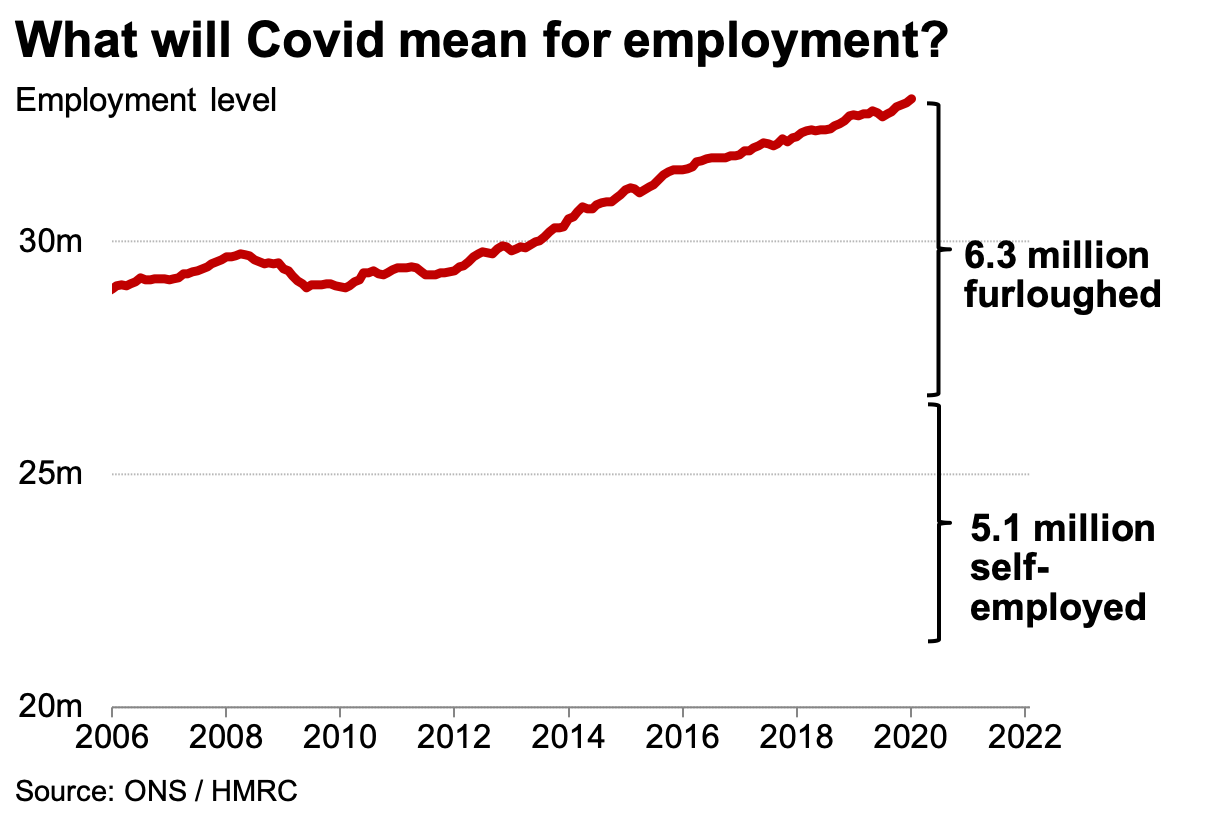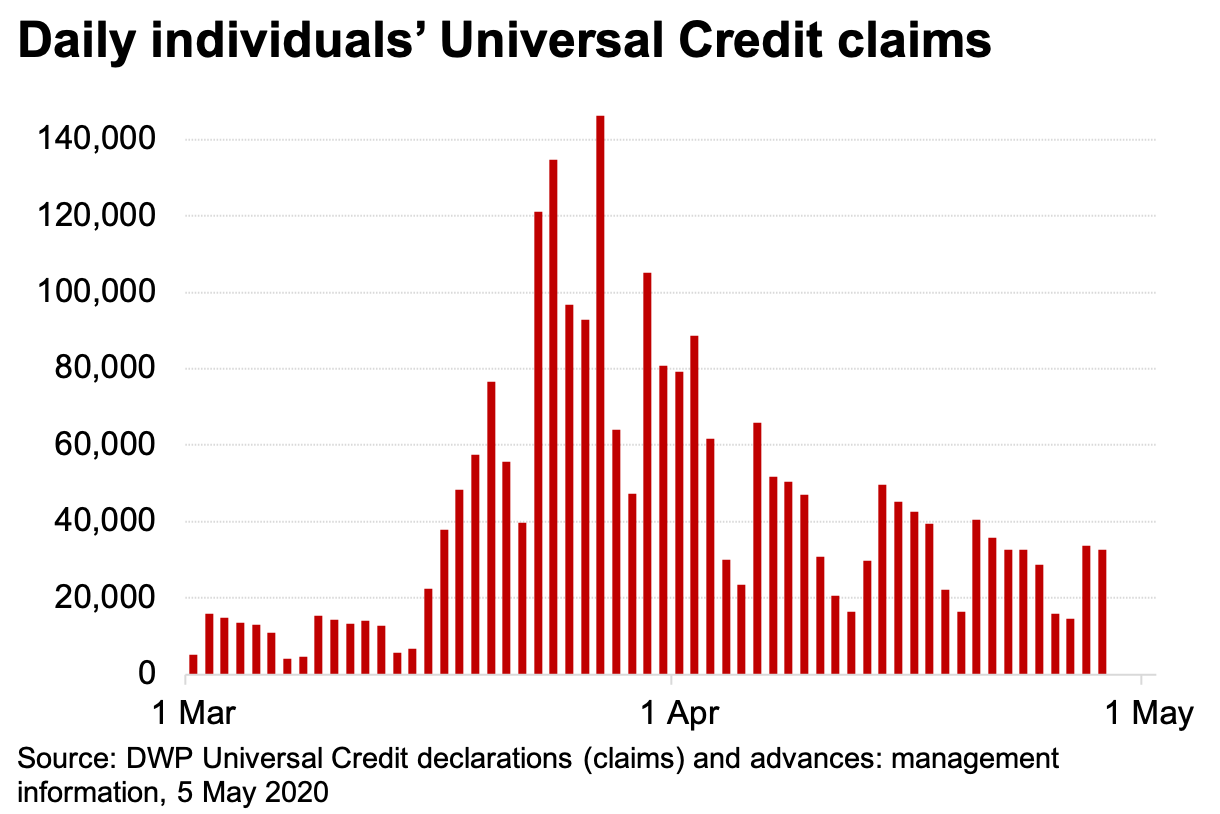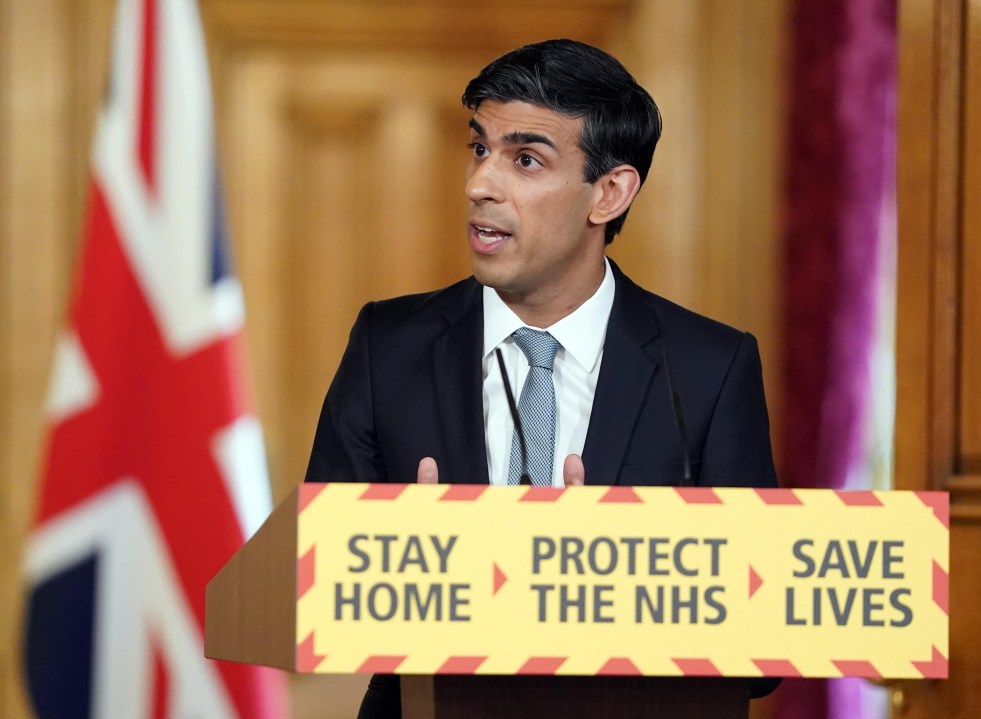Just weeks ago, Chancellor Rishi Sunak claimed that widespread use of the furloughing scheme was proof of its success. But it appears the government has over-achieved. The Treasury’s original prediction was that 10 per cent of businesses would use the salary safety net; the figure has turned out to be closer to 70 per cent. The cost for just one month of the scheme is estimated to be £8 billion, only £3 billion less than the NHS’s monthly budget. ‘We’re not talking about a cliff-edge but we have to get people back to work.’ says Matt Hancock, the health secretary. ‘We’ve got to wean off it.’
After telling ITV early this week that the scheme was ‘unsustainable’ for the long-haul, Sunak is changing tack. The Times has now revealed that he will be publishing his plans to roll back the scheme next week, as its price tag has become too big: options include cutting the wage subsidy or lowering the £2,500 cap.
Over half of adults in the UK are now being financially supported by the government in some way
Over half of adults in the UK are now being financially supported by the government in some way, as 6.3 million people have been furloughed, and a surge in new Universal Credit claims has made millions more people reliant on taxpayer funds.

The UK has gone from record low unemployment to estimates that 10 per cent of the labour force is now out of work. The Treasury won’t just be managing the unexpected demand for unemployment benefits, but the loss of tax revenue as well, with over two million more people out of work. Even the best-case scenario for economic rebound comes with a caveat for employment: scenarios so far suggest that even if the economy comes roaring back, in a V-shaped style recovery, jobs lost to Covid will take longer to return than GDP.

But how the Chancellor rolls back the scheme is likely to prove more challenging than implementing it. Sunak has said from the start that every job and business cannot be saved through government intervention. The furloughing scheme will have no doubt saved some jobs but will have delayed an inevitable cull for others. Many furloughed workers will end up reinstated and back to work as soon as the rules allow – which was what the scheme was designed to do – but for some workers, the worst is yet to come.
Sunak has been the bearer of good news throughout the crisis so far, announcing the support measures and handing out bandages with big pound signs on them. Unsurprisingly, people have warmed to the idea of free money with no strings attached and no repayment schedule or means-test to qualify. Deciding how to roll back the scheme is going to be politically murky territory, with an inevitable balance of trade-offs for different sectors and even regions of the UK. Certain businesses, like non-essential shops, are thought to be able to open their doors sooner than pubs or hotels, which could create a case for extending the scheme for employees in the latter group. But this could be viewed not simply as industry favouritism, but regional favouritism. The accommodation and food industries, for example, make up much more of the economy in the South West than they do the Midlands.
Any change that the Chancellor makes to Covid support schemes, furloughing or otherwise, comes with the backdrop of a Britain that’s terrified of the virus and reluctant to kickstart the economy if the risk of Covid is not dramatically reduced or eliminated altogether. Incentivising people to stay home with a wage guarantee was certainly the carrot-approach; now the question is to what extent the Chancellor will use the stick to get them back to work.








Comments